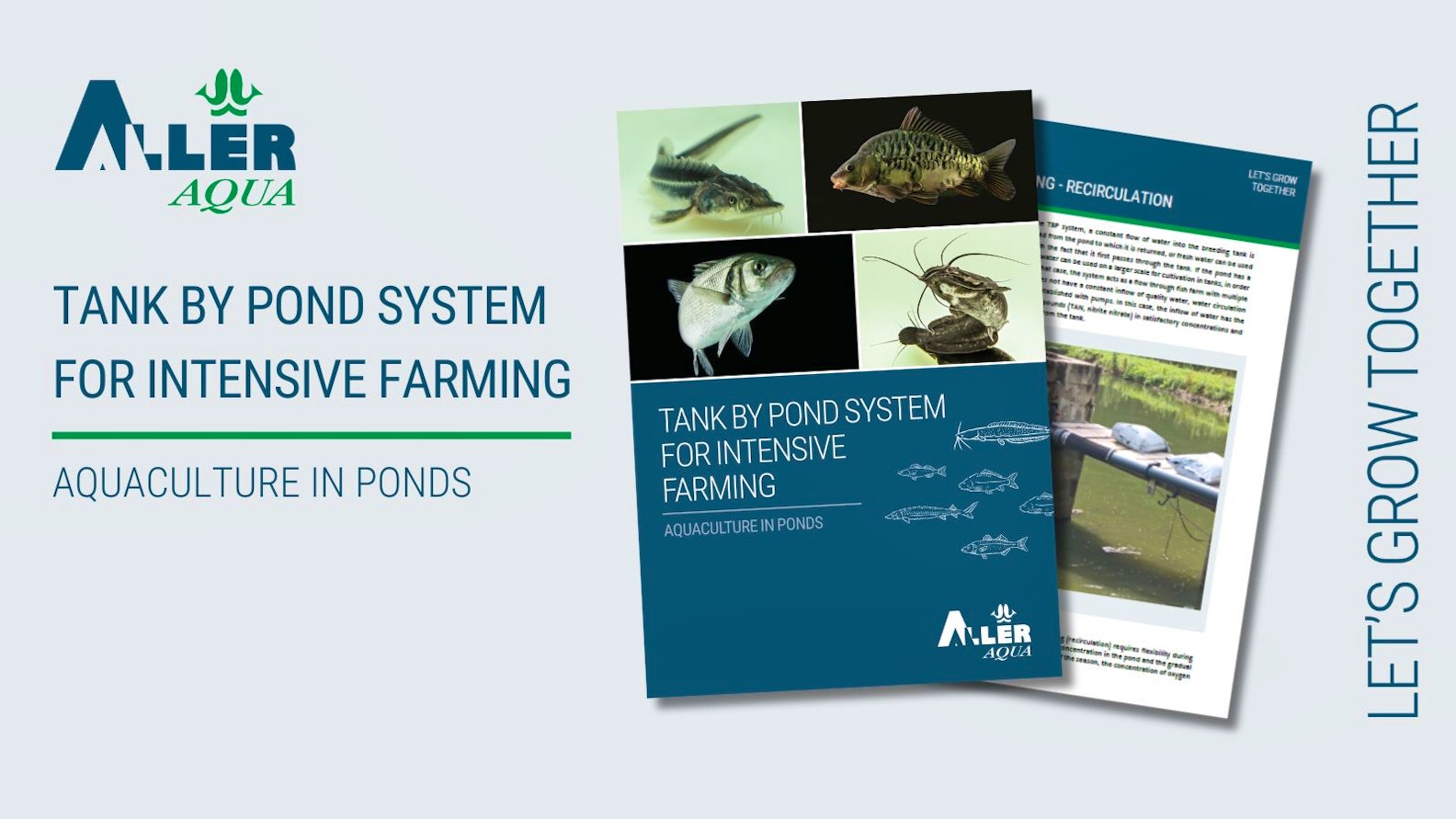1. What is the current state of intensive pond farming?
Intensive pond farming has reached its maximum capacity in many areas, with typical production reaching 5-10 tons per hectare. This is particularly true in Slovenia and other regions with similar climatic conditions. Further intensification of traditional pond systems is limited by land availability, water scarcity, economic inefficiencies, and environmental regulations.
2. Why is building new ponds not a viable option for further aquaculture growth?
Building new ponds is increasingly challenging due to limited available land, water shortages, high costs, and environmental protection regulations. Expanding aquaculture will need to focus on optimizing existing pond systems and integrating new technologies, rather than relying solely on creating more ponds.
3. What potential do ponds hold for future aquaculture?
Despite the limitations, ponds have great potential when integrated with modern technologies. These new technologies can intensify production without increasing the demand for natural resources, providing a more sustainable approach to aquaculture.
4. What is the Tank By Pond (TBP) system?
The Tank By Pond (TBP) system is a super-intensive fish farming solution developed by G2O d.o.o. (Slovenia) between 2018 and 2024. It synergistically combines tanks and ponds, allowing for the intensive breeding of warm-water fish. The pond in this system performs mechanical and biological filtration, reducing the need for complex filtration systems.
5. How does the TBP system compare to traditional Recirculating Aquaculture Systems (RAS)?
While the TBP system functions similarly to a RAS, it is simpler, more robust, and easier to implement. It requires less capital (CAPEX) and operational expenses (OPEX) compared to traditional RAS, making it a more economically efficient option for super-intensive fish farming.
6. What species can be farmed using the TBP system?
The TBP system supports the farming of warm-water fish species, particularly cyprinids in ponds. G2O d.o.o. also farms trout and African catfish using RAS systems, and the technical solutions from these systems have influenced the TBP system’s design.
7. Is the TBP system tested and proven?
Yes, the TBP system is based on practical experience from G2O’s fish farms. While the data has not been scientifically evaluated, the system has been tested in real-world conditions, delivering proven results on the company’s own farms.
8. Can the TBP system be applied globally?
Yes, although the system was developed in Slovenia, the experiences gained from implementing the TBP system are believed to be adaptable globally. Modifications may be required for local conditions, but the system’s principles can apply across various regions.
9. What are the economic advantages of the TBP system?
The TBP system offers significant cost advantages over traditional RAS. It is less expensive to build and operate while still providing high efficiency in terms of fish production. This makes it a highly attractive option for fish farmers looking to intensify production with lower investment.
10. What role does the pond play in the TBP system?
In the TBP system, the pond takes over the role of mechanical and biological filtration, typically performed by filtration units in traditional RAS. This natural filtration reduces system complexity and operational costs, while still providing the necessary water quality for super-intensive fish farming.
